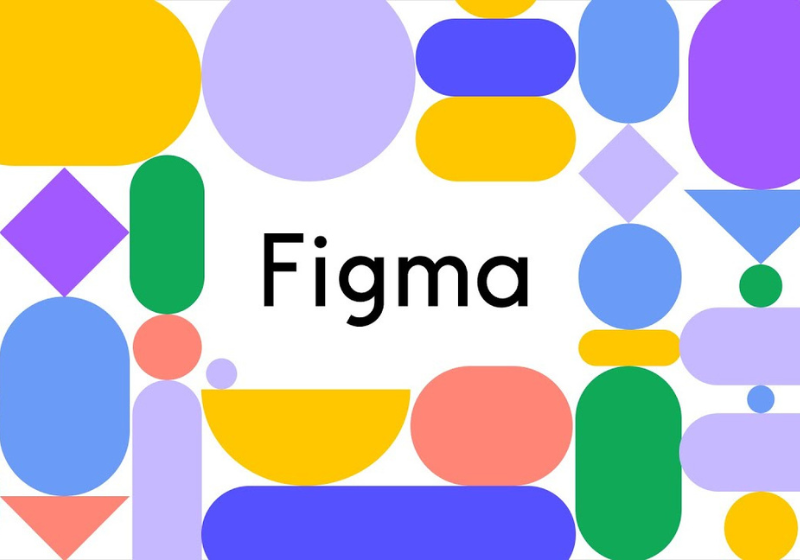What Is Figma and What Is It Used For?

In the dynamic world of design and collaboration, Figma has emerged as a powerhouse tool, revolutionizing the way designers and developers work together. Whether you're a seasoned professional or just starting your journey in design, understanding what Figma is and how it can be used is essential. In this blog post, we'll delve into the world of Figma, exploring its features, use cases, and the reasons why it has become an indispensable tool for creatives across the globe.
What is Figma?
Figma is a cloud-based design and prototyping tool that enables real-time collaboration among teams. Unlike traditional design software that requires local installations and frequent manual file sharing, Figma operates entirely in the cloud, allowing multiple users to work on the same project simultaneously. This not only streamlines the design process but also fosters seamless collaboration between designers, developers, and other stakeholders.
Key Features of Figma:
1. Real-time Collaboration:
- Multiple team members can work on the same design file simultaneously, fostering a collaborative environment.
- Changes made by one user are instantly reflected for others, eliminating version control issues.
2. Cloud-based Design:
- No need to worry about saving or sending files. Figma operates entirely in the cloud, ensuring easy accessibility from any device with an internet connection.
3. Prototyping:
- Figma allows designers to create interactive prototypes, helping stakeholders visualize the user experience and flow of a design.
4. Component Libraries:
- Designers can create and use reusable design components, ensuring consistency across the entire project and simplifying updates.
5. Design Version History:
- Figma automatically saves version history, making it easy to revert to previous iterations or compare changes over time.
6. Cross-platform Compatibility:
- Figma works seamlessly on Windows, macOS, and Linux, making it accessible to a broad audience.
What is Figma Used For?
1. User Interface (UI) Design:
- Designers use Figma to create visually appealing and functional user interfaces for websites, mobile apps, and other digital products.
2. Prototyping:
- Figma's prototyping capabilities enable designers to create interactive prototypes, allowing stakeholders to experience the design's flow and functionality.
3. Collaborative Design Reviews:
- Teams can use Figma to conduct design reviews in real-time, gathering feedback and making iterative improvements.
4. Design System Management:
- Figma is an excellent tool for managing design systems, with the ability to create and update component libraries for consistent design elements.
5. Handoff to Developers:
- Figma simplifies the handoff process by providing developers with design specs, CSS information, and assets, ensuring a smoother transition from design to development.
6. Remote Collaboration:
- Particularly valuable for remote teams, Figma's cloud-based nature facilitates collaboration among team members located in different geographical locations.
Conclusion
In summary, Figma is a versatile and powerful design tool that has transformed the way design projects are conceptualized, created, and shared. Its real-time collaboration features, cloud-based infrastructure, and comprehensive set of design tools make it an essential part of the modern design and development workflow. Whether you're a beginner or an experienced designer, integrating Figma into your toolkit can significantly enhance your ability to collaborate and create outstanding digital experiences.